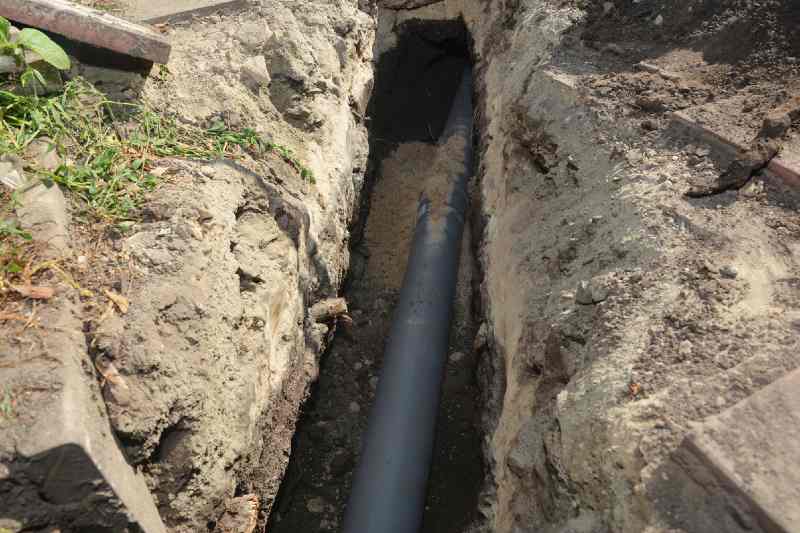Every homeowner faces the issue of drain blockage. But how do you know if a simple fix will work or if the whole drainage needs replacing?
This question matters because making the wrong choice costs money. If it is too damaged, a repair may only save you a few months. If the drain needs quick fixes, then replacing it may not be right for you.
Let’s break down the signs that help you make the right decision.
Signs Your Drainage Needs a Simple Repair
A single blockage usually means debris has built up in one spot. Tree roots often push through small cracks.
Look for these repair-worthy signs:
- Water drains slowly from sinks or toilets
- One fixture backs up while others work fine
- You hear gurgling sounds from a specific drain
- Bad smells come from one area only.
A drain survey using a CCTV camera shows exactly what’s happening underground. The engineer spots the problem location quickly. If damage appears in just one section, repair usually works well.
Warning Signs That Replacement is Needed
Some situations go beyond quick fixes, and old pipes eventually collapse. When drain damage spreads across multiple sections, repairs become like very expensive plasters on an open wound!
Watch out for these red flags:
Multiple recurring blockages suggest the pipe structure has failed. You cab call someone to clear it, but the problem usually returns within weeks. This pattern indicates deeper issues.
The age of the system plays a huge role. Over decades, clay pipes in older homes shift and crack. Cast iron corrodes from the inside out. If your property was built before 1970, the drainage system might be living on borrowed time.
Standing water in the garden can mean the underground pipe has collapsed or separated. Water cannot flow through anymore – it pools above ground instead.
Multiple fixtures backing up together show a main drain failure. When toilets, sinks, and baths all stop draining properly, the shared pipe underneath probably has some serious damage.
What a CCTV Survey Reveals About the Drainage System
Professional surveys remove the guesswork. A small camera travels through your drain system and records everything. The engineer watches live footage and creates a detailed report.
The survey shows pipe material condition, crack locations, root penetration depth, and collapse severity. This information guides the repair-or-replace decision. No digging required for diagnosis.
Making the Final Decision
Consider the pipe’s remaining lifespan. If there is a 15-year-old plastic pipe with minor damage, then you should go for repair. If you have a 100-year-old clay pipe with multiple cracks, then replacement makes more sense.
Think about future costs too. Repeated repairs add up quickly. If your drainage needs work every year, replacement becomes cheaper long-term.
The right choice depends on your specific situation. But armed with survey results and expert advice, homeowners can make informed decisions that save money and prevent future problems.

